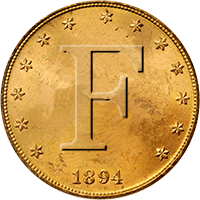Erik in NJ
New member
Hi, Great chart, but I'm confused. The E-trac's x-axis is Conductivity (1 - 50) and y-axis is Ferrous (1 - 35). The Explorer's x-axis is Ferrous (0 - 31) and y-axis is Conductivity (0 - 31). The numbers on your axes don't seem to match. If you can correct them then I think we will have a very useful tool for analysis. Maybe you can even transpose one, re-scale, and overlay it on the other.
Thanks, Erik
Thanks, Erik



 but you forgot to apply the int() function which just drop the fractional part of the number.....that would make the value 45 which incidently is generally where silver seems to hit on the E-Trac!
but you forgot to apply the int() function which just drop the fractional part of the number.....that would make the value 45 which incidently is generally where silver seems to hit on the E-Trac!
